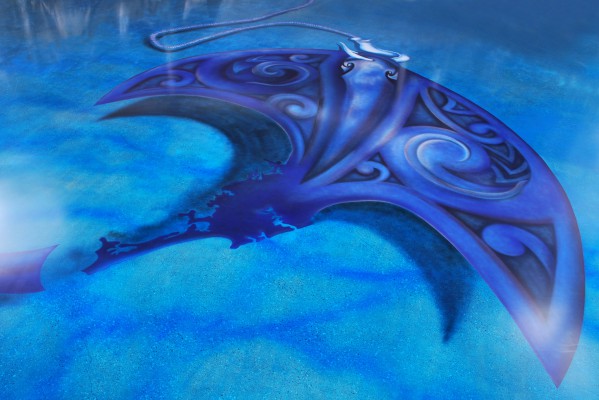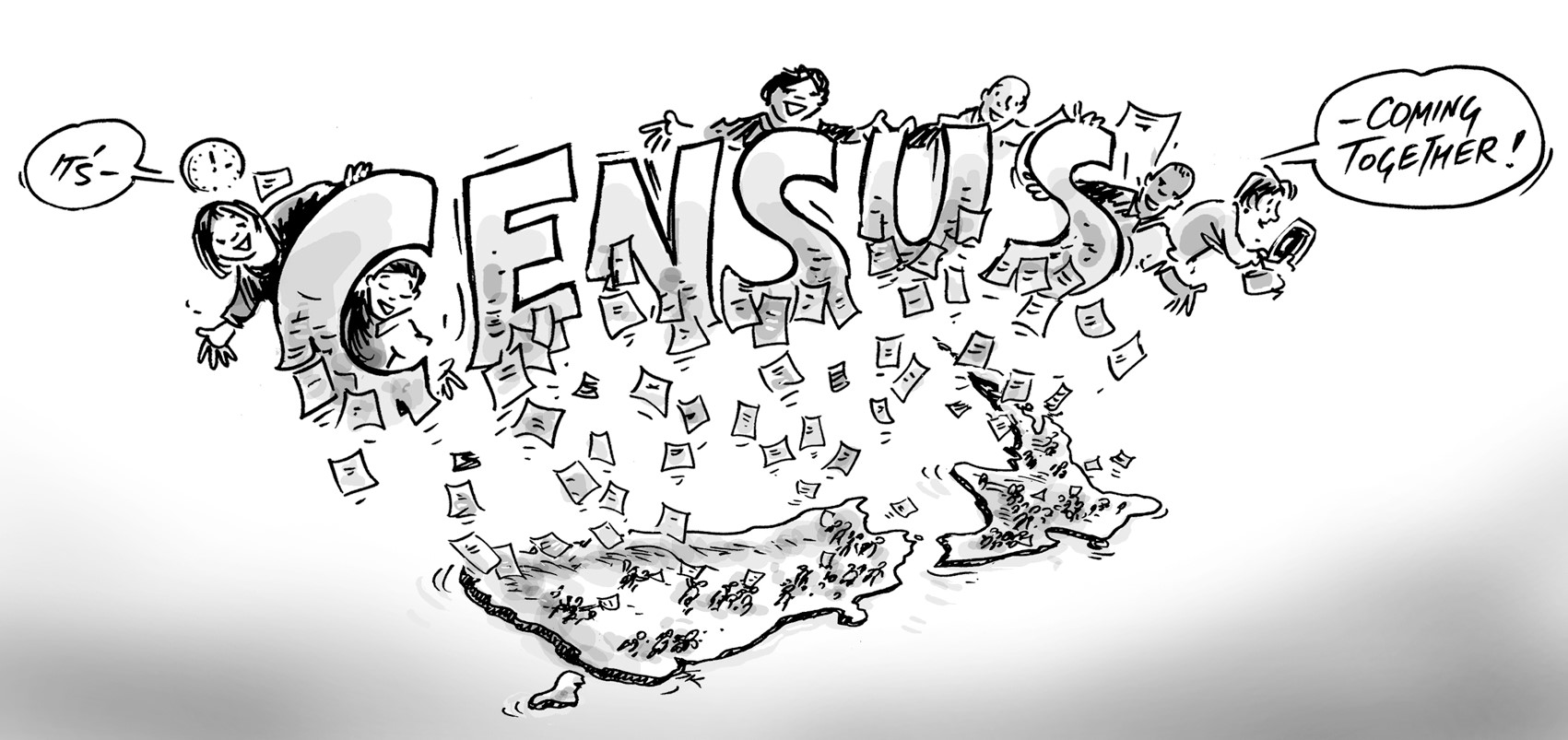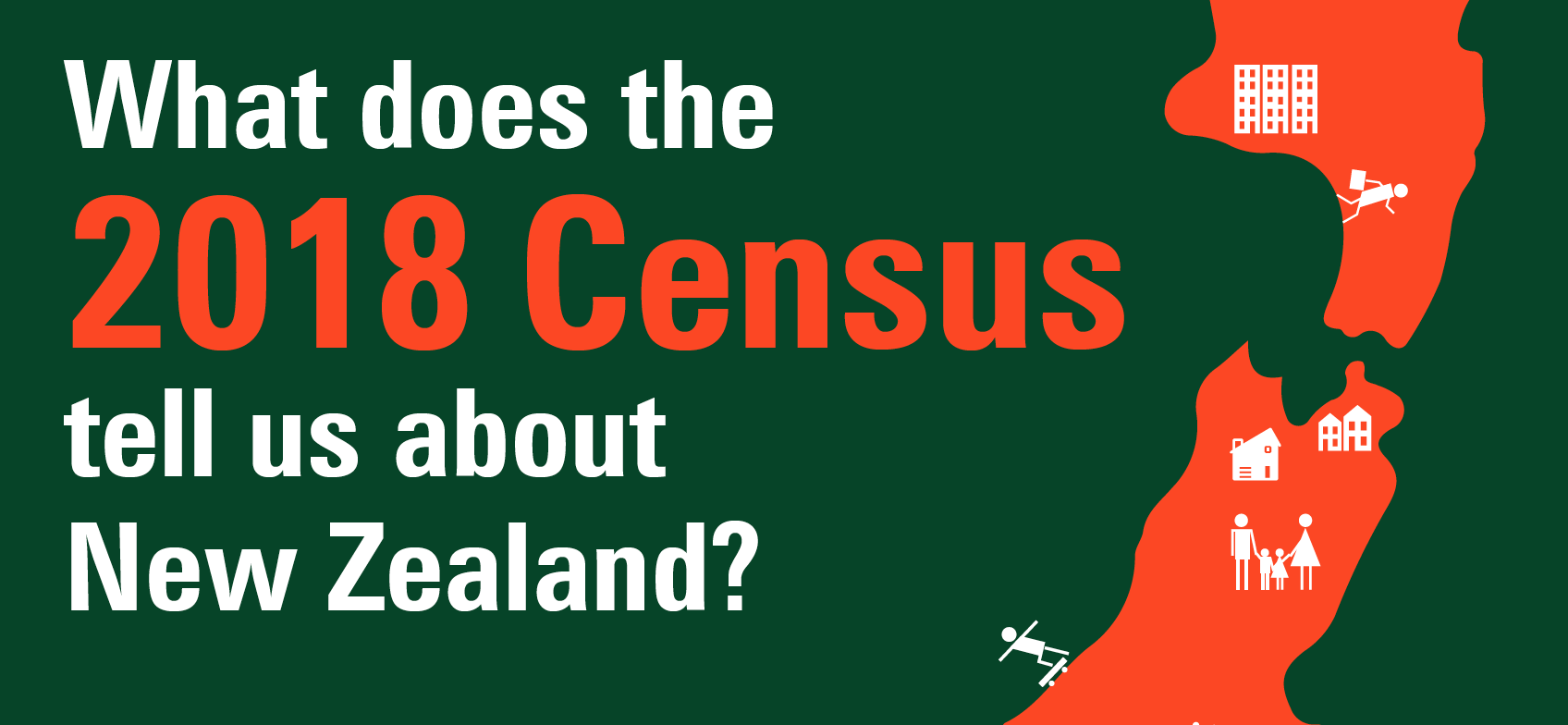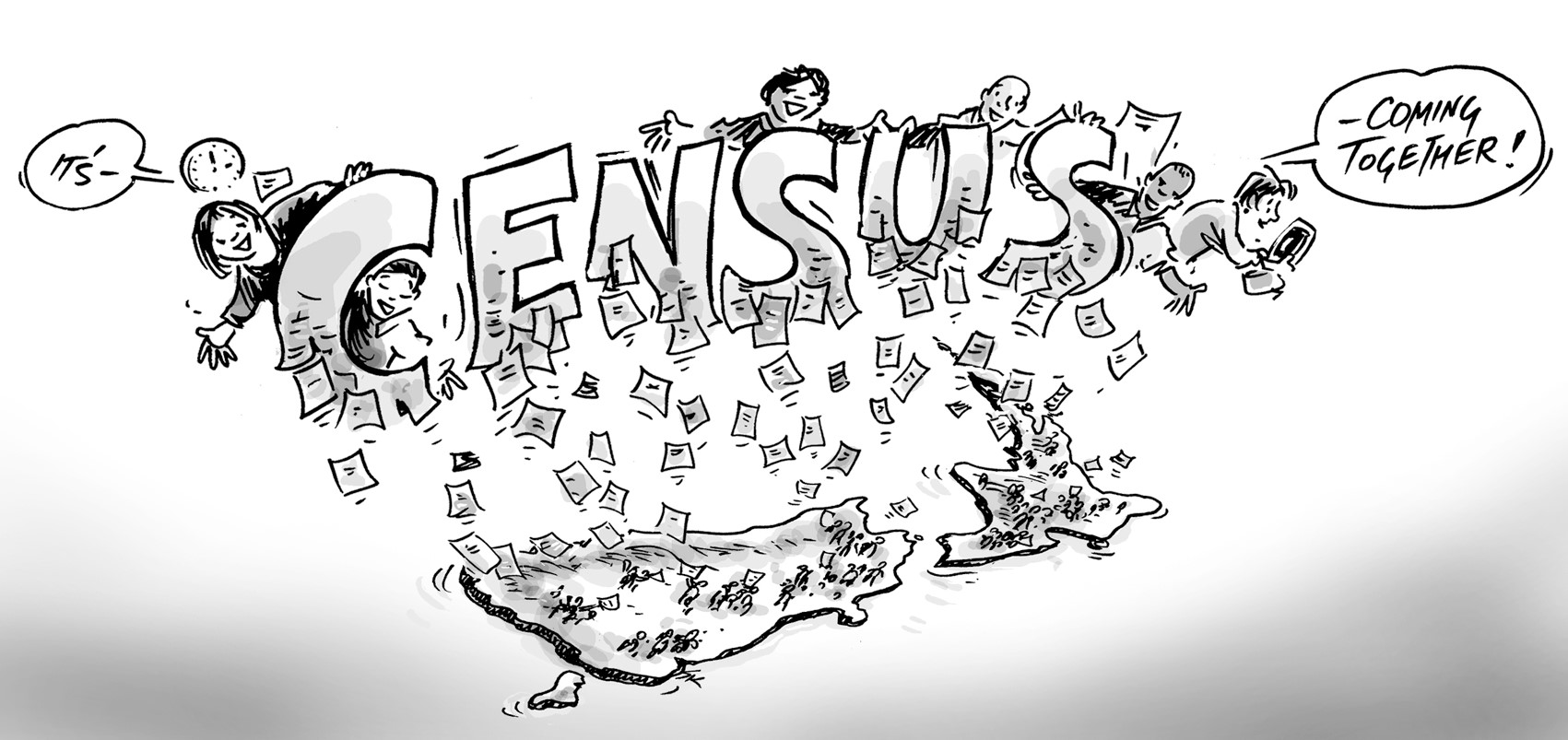Just before Christmas, the Far North District Council became the latest New Zealand local authority to join with .id.
The Far North is a special place blessed with glorious beaches, bays and fishing along a remote and spectacular 2194km coastline. It also has a rich and colourful history and culture.
Just over 40 per cent of the Far North population of 61,000 identify as being of Māori descent. In some small areas, like Moerewa and Kaikohe, the proportion is much higher at around 65%. Māori culture, heritage and tipuna (ancestors) are therefore very much part of everyday life in the Far North. The identity of the little settlements, towns, the district and region as a whole is an amalgam of past and present day challenges and victories. I was so impressed by the history and legend evident that this blog will simply reflect of some of those experiences rather than the demographics of the place.
There’s a council office in Kaikohe and I took training sessions there. Kaikohe was also the final home to Ngapuhi’s warrior chief, Hone Heke. Kaikohe Hill stands on the edge of town and there is a memorial to Heke at the summit – I was moved by Heke’s eloquent lament for friends lost in battles etched in stone. Standing on the brow of Kaikohe hill it was easy to imagine a 1840s version of the landscape and the pa’s (hill forts and fortified villages) of Heke and rival Ngapuhi warlord Tāmati Wāka Nene out towards Omapere.

Further up the road in Kaitaia, the town’s new Civic and Community Centre, Te Ahu, features a magnificent foyer floor cloaked in a painting of Māui’s stingray with its writhing blue form filling the huge circular entrance. *


Te Ahu photos: Don Hammond
For Australian readers, in Māori lore Māui is a demigod who is said to have pulled the North Island from the ocean while standing astride his waka (canoe) which was the South Island. The Māori name for the North Island is Te Ika-a-Māui (Māui’s fish) and the Northland region is Te Tai Tokerau(the Tail of the Fish). Locals have a wonderful saying that while the head of Māui’s fish is in the capital Wellington, the island can only go where the tail will allow! Northlanders are quick to point out that New Zealand’s capital hasn’t always been Wellington. Okiato (now known as Russell) was named as the nation’s first capital soon after the signing of the Treaty of Waitangi in 1840.
While the Far North can claim the birth of New Zealand’s nationhood, Māori lore also has it as the place to pass into the spiritual world at the end of life. At the northernmost tip of the North Island is Cape Reinga, one of the most sacred Māori places in New Zealand. The Cape is also known as Te Rēinga (the underworld), and Te Rerenga Wairua (leaping off place of spirits). Tradition holds that the spirits of the dead travel to Cape Rēinga where they congregate before launching themselves into the sea. After crossing the ocean to Three Kings Island they surface to sing one last song to loved ones left behind before continuing their travels to their spiritual home in Hawaiki. A certain pohutukawa tree in a north eastern promontory is where the spirits enter the sea. The tree is said to have been there for 800 years and never blossomed.
Among Māori tribes throughout the country there are many legends and stories about ancient peoples and the gods who inhabited New Zealand from the beginning of time. These stories forge a deep connection anchoring the tangata whenua (people of the land) to their place, and doubtless have a part to play in many of today’s challenges.
Councils tend to focus on rational/technical information when making decisions, yet Māori lore and history present an equally important perspective of local culture, values and identity. And that’s why we need to consider both before we can begin to see the big picture and truly understand the people of the land.
*Congratulations to Te Ahu Charitable Trust for making Te Ahu possible and also to Richard Murray (Image Nation) for his work on the stingray design and floor mural.














